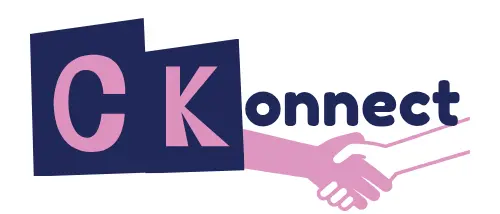Introduction
You land on a website. A pop up appears. “We use cookies to enhance your experience.” Sounds familiar? Most of us just click “Accept All” and move on. But behind that simple banner lies a complex world of data collection, behavioral tracking, and consent mechanisms. If you care about your digital privacy — and you should — it is time to start reading cookie banners like a pro.
In this blog, we will break down what cookie banners really mean, what to look for before clicking, and how to stay in control of your data while browsing the internet.
What Are Cookies and Why Do They Matter
Cookies are small text files that websites store on your device. They help remember your preferences, track your activity, and sometimes share your data with third parties.
There are different types of cookies:
- Strictly Necessary Cookies: Required for the site to work
- Performance Cookies: Track how users interact with the site
- Functional Cookies: Remember choices like language or layout
- Targeting or Advertising Cookies: Used to build profiles and show personalized ads
So when a site says “we use cookies,” they could mean anything from helpful UX features to detailed profiling across platforms.
The Anatomy of a Cookie Banner
To read one like a pro, you need to know what to look for. Let us break down the typical sections:
1. Message or NotificationThis is the “We use cookies...” part. It should tell you why they are using cookies, but often it is vague. Watch out for phrases like “to enhance experience” or “for analytics purposes” — these could hide data sharing with advertisers.
2. Consent Options
This is the most important part. Look for:
- A Reject All button alongside Accept All
- A Manage Preferences or Customize option
- Clear labels for each type of cookieIf you only see “Accept” with no other choice, that is a red flag for non compliance under regulations like GDPR or DPDPA.
3. Cookie Categories Explained
When you click “Manage Preferences,” you should see categories like essential, analytics, or marketing. Some banners allow you to toggle them on or off. Pro tip: Keep essential, turn off everything else unless you trust the site.
4. Link to Cookie Policy
This is where the real information lives. A proper cookie policy should explain:
- What data is collected
- Who the data is shared with
- How long cookies last
- Your rights as a userReading the policy can be eye opening. You might find that data is sent to dozens of third party advertisers or data brokers.
What Makes a Cookie Banner Compliant
Under GDPR and DPDPA 2023, cookie banners must follow certain rules:
- Freely Given Consent: You should not be forced to accept
- Informed Consent: You must know what you are agreeing to
- Granular Choices: You can say yes to some, no to others
- Easy Withdrawal: You should be able to change preferences later
A proper banner will also avoid dark patterns, like making the “Accept All” button big and colorful while hiding the “Reject” button.
Real World Example
Let us take two websites.
- Site A shows a pop up with only “Got it” and no explanation.
- Site B gives a clear breakdown of cookie types and allows toggles for each.
Site B is respecting your privacy rights. Site A might be collecting your data without valid consent, and under many privacy laws, that is illegal.
Tips to Stay Cookie Smart
- Use privacy friendly browsers like Firefox or Brave
- Install extensions that block tracking cookies
- Regularly clear your cookies or use incognito mode
- Check if the site gives you a real choice or just nudges you to agree
- Bookmark the cookie settings page if you revisit the site often
Being aware of how cookies work gives you back control over your digital identity.
Why This Matters for You
Cookies may seem harmless, but in the wrong hands they power surveillance advertising, behavioral profiling, and even discriminatory pricing. The more you know, the more you can protect your digital footprint.
Educational platforms, e commerce sites, and even government portals use cookies. Reading those banners well is a privacy life skill now.
Conclusion
Next time a cookie banner pops up, do not just click blindly. Scan the options, read what types of data are being collected, and make informed choices. You have the right to control your data — and it starts with clicking smart.
Want to go deeper into privacy tools and consent laws?
Learn more with CourseKonnect’s Privacy Bootcamp or Consent Management Essentials module.
